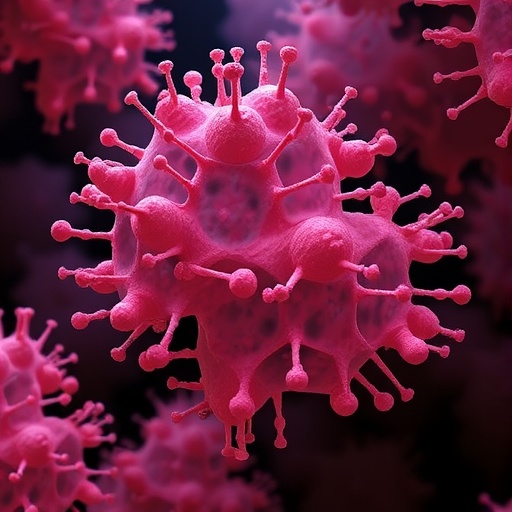Food insecurity and lack of a high school degree were impediments to recovery from suicidal ideation
The higher prevalence of suicide among Indigenous peoples in Canada has been extensively documented, but little research has focused on factors associated with recovery among those who have had suicidal thoughts. A new nationally representative Canadian study from the University of Toronto and Algoma University found that three-quarters of formerly suicidal Indigenous adults who are living off-reserve had been free from suicidal thoughts in the past year.
“It was encouraging to discover so many formerly suicidal Aboriginal peoples were no longer seriously considering suicide, but with one-quarter of respondents still having these thoughts, there remains a dire need for improvements. Individuals who spoke an Indigenous language were less likely to have been suicidal in the past year. Knowing one’s ancestral language provides valuable understandings of Aboriginal beliefs, values and traditions, and these factors may improve self-esteem and a positive identity, thereby promoting overall wellbeing and recovery,” reported co-author Rose Cameron who is an Anishinaabekwe elder and a tenured professor at the University of Algoma in Sault Ste. Marie, Canada.
“Social support played a key role in remission; Individuals with at least one person to turn to for support in times of need were much more likely to be free of suicidal thoughts for the past year than those who were socially isolated (77% vs. 61%),” reported co-author Alexandra Sellors, a recent MSW graduate of the Factor-Inwentash Faculty of Social Work (FIFSW) at the University of Toronto. “Social connections can promote a sense of meaning and value in life. Clearly, we need targeted efforts to decrease social isolation and loneliness.”
“We were dismayed to learn that one-quarter of formerly suicidal Indigenous adults reported that they had been hungry at some point in the last year but could not afford to purchase food. It isn’t surprising that those who were so destitute were twice as likely to still be suicidal compared to those who had money for food,” reported lead author Esme Fuller-Thomson, professor at the University of Toronto’s FIFSW and director of the Institute for Life Course & Aging. “As a nation, we have an urgent responsibility to eradicate this devastating impoverishment.”
“Our study found that those with at least a high school degree were more likely to be in recovery compared to their counterparts who had not completed high school. Education opens doors to better careers, higher income, better access to mental-health care and more opportunities in life. Currently, many isolated reserves do not have local high schools, which forces children as young as 14 to leave their family, home and community and move to larger towns and cities in order to study. These inequities need to be addressed if we hope to improve the high school graduation rate of Indigenous youth in Canada,” suggested co-author Senyo Agbeyaka, an MSW graduate of the University of Toronto.
“Our findings indicated that each decade of age was associated with 17% higher odds of recovery from suicidal ideation. Indigenous elders often play a pivotal and revered role in Aboriginal communities and this respect may act to buffer against depression and suicidal ideation,” reported co-author Philip Baiden, a graduate of the FIFSW who is now an assistant professor at the University of Texas at Arlington.
“In sum, there are multiple factors that are associated with recovery from suicidal thoughts among Aboriginal people, in particular, being older, food secure, female, having at least a high school diploma and speaking an Aboriginal language. While it is encouraging that recovery rates are high, there are many policy changes that could hasten better outcomes for Aboriginal peoples who are vulnerable,” concluded Cameron.
###
The study, published online this month in the Archives of Suicide Research, was based on a 2012 Canadian nationally representative survey of 2,680 Aboriginal adults aged 19 and older who were living off-reserve. The findings cannot be generalized to those living on reserves, nor to Aboriginal children and adolescents aged 18 and younger.
Article details: Esme Fuller-Thomson, Alexandra E. Sellors, Rose E. Cameron, Philip Baiden, and Senyo Agbeyaka. Factors Associated with Recovery in Aboriginal People in Canada who had Previously been Suicidal. Archives of Suicide Research.
A full copy of the paper is available to credentialed journalists upon request. Please contact [email protected] or call 416 209-3231.
Media Contact
Esme Fuller-Thomson
[email protected]
http://dx.




